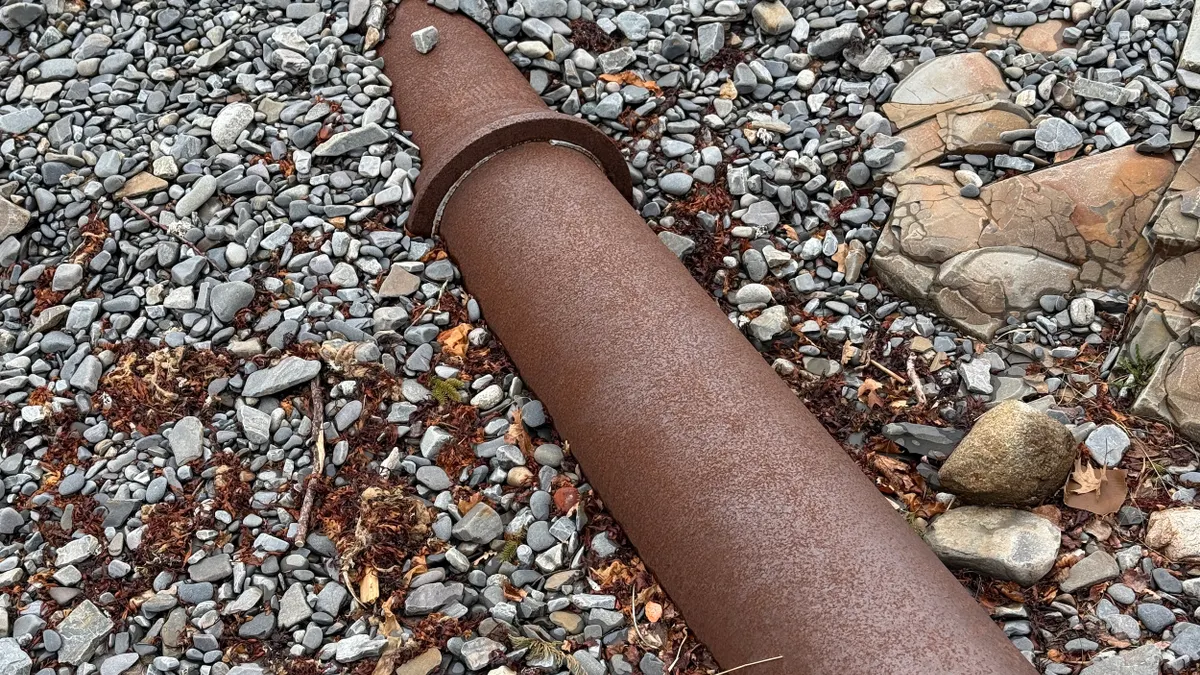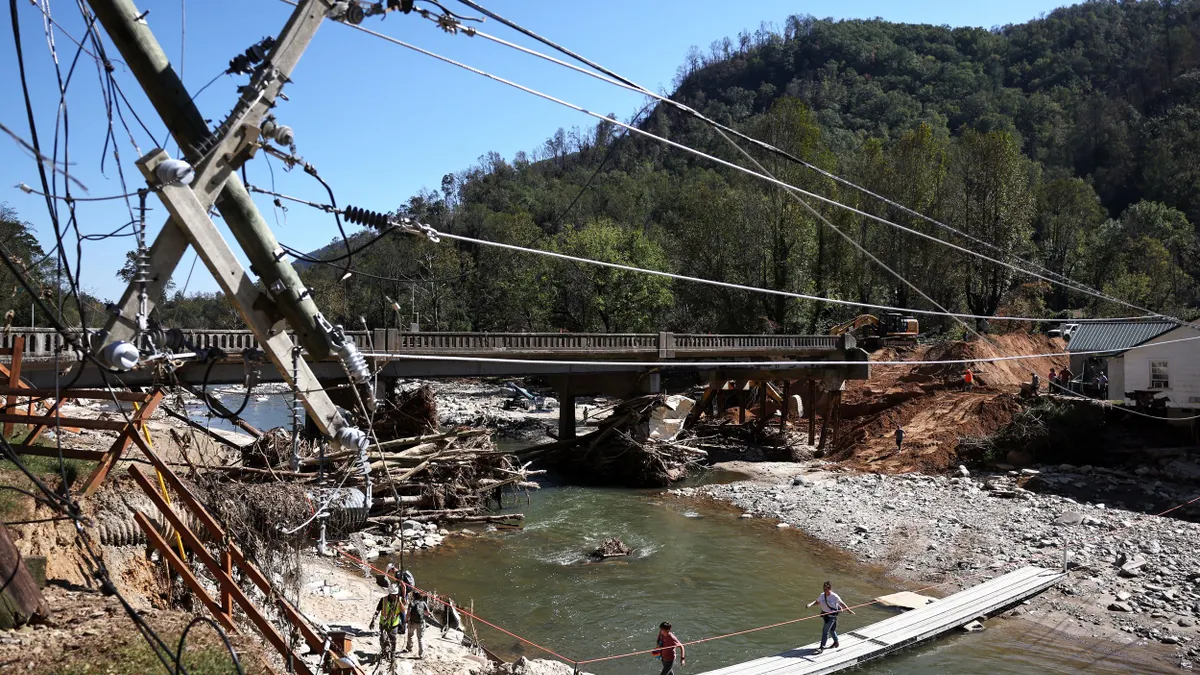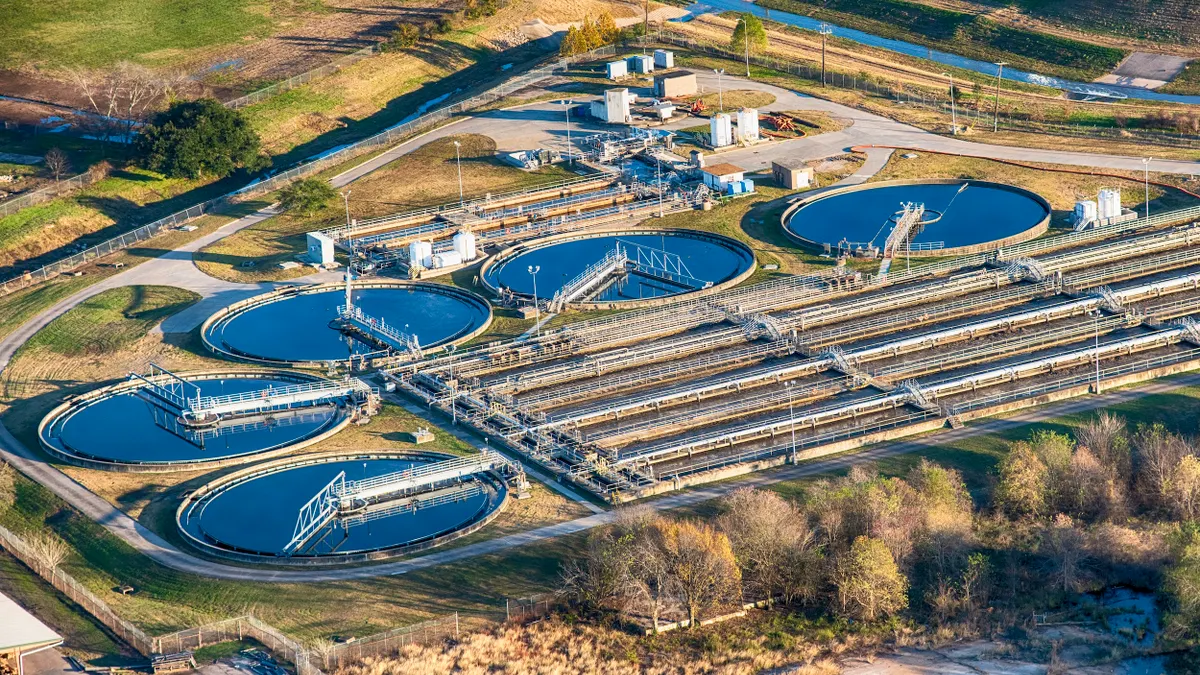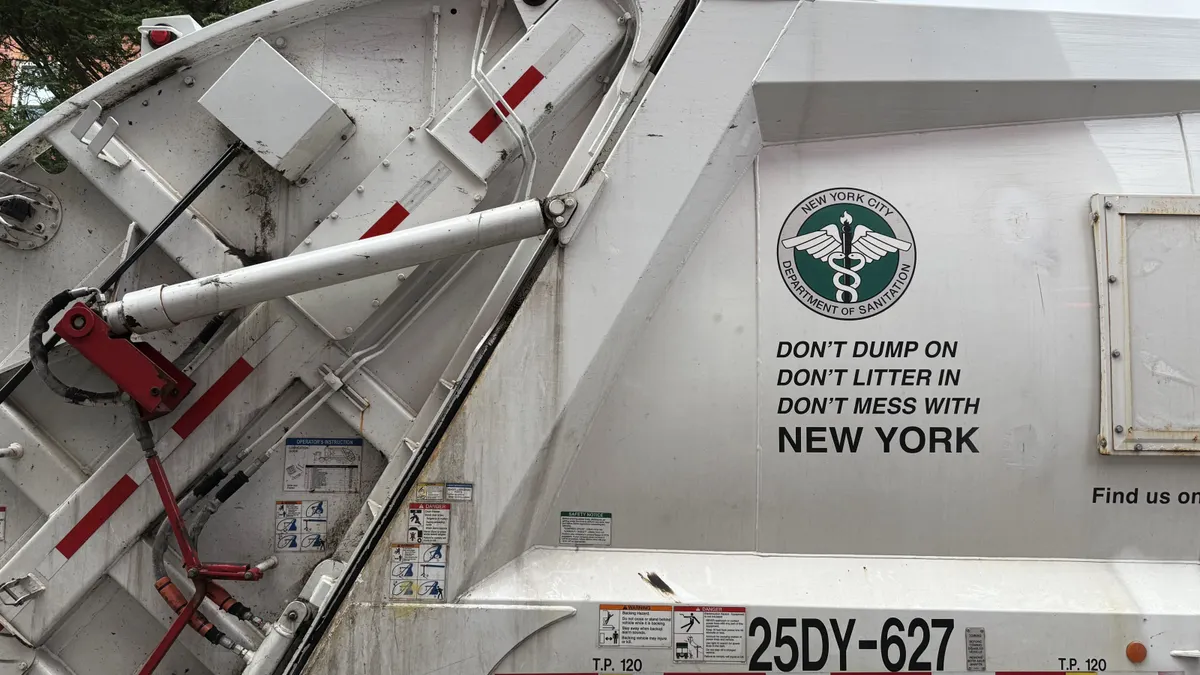The humdrum tune of "Happy Birthday" saw a popular resurgence amid the communicable COVID-19 pandemic, as governments nationwide have urged Americans to increase hand-washing. While the focus on hygiene may have curbed some viral transmission, it has taken a toll on water utilities as demands and operational costs rise.
For weeks, the water sector has wrestled with declining revenues as customers struggle to pay bills despite a steady need for water. In recovering from the pandemic, water utilities face an uphill battle in returning use and revenue levels back to "normal."
"For the first month or so, we were hoping [coronavirus] was a blip and things would return back to normal," Radhika Fox, CEO of the nonprofit U.S. Water Alliance, told Smart Cities Dive. "Now, we're really seeing that this is going to fundamentally alter how water systems operate in this country."
In hot financial waters
A report prepared for the American Water Works Association (AWWA) and the Association of Metropolitan Water Agencies (AMWA) spelled out the dire economic consequences of the coronavirus on water utilities.
Researchers estimated that water utilities nationwide will see revenues from customer payments drop by nearly $14 billion over the course of a year, with economic activity cut by $32.7 billion and up to 90,000 private-sector jobs lost. They warned these losses will force utilities to scale back capital projects by as much as $5 billion a year to stay solvent.
Meanwhile, water utilities have been challenged by state and city policies placing moratoriums on water shutoffs for customers that cannot pay on time, or at all. While access to water is necessary for public health and well-being, sector leaders say such bans can create financial holes.
"When the sky was falling everywhere else, our water and wastewater utilities kept it together."

Al Cho
VP and General Manager for Advanced Infrastructure Analytics, Xylem
In addition, some staff still are at work, especially in treatment facilities. With reduced staffing levels, there are instances of fewer employees working longer shifts in plants, resulting in some overtime pay, while the crews dispatched to fix customer issues are often given hazard pay.
"The financial stress is probably just now really starting to show," Tommy Holmes, legislative director at AWWA, told Smart Cities Dive.
Despite financial headwinds, those in the water sector said the industry has done well to maintain its level of service even as some other industries struggle.
"When the sky was falling everywhere else, our water and wastewater utilities kept it together," Al Cho, VP and general manager for advanced infrastructure analytics at water technology company Xylem, told Smart Cities Dive. "That's something to celebrate."
Recovery and rebirth
Water infrastructure is the latest subject of potential federal investment from future stimulus funding.
House Democrats unveiled an ambitious plan in January to revamp drinking and waste water infrastructure, as part of their Moving Forward Framework. By April, leaders added a proposal to invest more money in the Drinking Water State Revolving Fund (DWSRF) to ensure clean drinking water in schools, day care centers and on Native American Reservations. The proposal also called for $40 billion to be added to the Clean Water State Revolving Fund (CWSRF) to invest in new infrastructure, with dedicated funds for rural and urban communities.
Additionally, House Democrats proposed a new low-income household drinking water and wastewater assistance program for states, U.S. territories and Native American tribes to help low-income households pay water bills during public health emergencies.
Given the risks of COVID-19 and the need to maintain service for safety purposes, House Democratic leaders said more federal investment in water infrastructure is necessary.
"People are at home, they're told to wash their hands and to sanitize their homes, and they can't be in a situation where the drinking water is cut off or they don't have money to pay for it. But we need to build this out," Rep. Frank Pallone, D-NJ, who chairs the House Energy and Commerce Committee, told reporters during a conference call.
Those in the water sector said they have three main priorities for potential infrastructure spending: assistance for low-income customers with bills; assistance to utilities that have lost money during the pandemic; and a bold strategy to rebuild and renew infrastructure and create jobs. That includes replacing lead pipes and investing in new water mains to cope with the expected growth in demand.
Investing in water infrastructure generally polls well among the public and has been floated for some time in Congress, but without much progress. In a webinar during the recent Water Week event, Fox said Americans of all backgrounds support water infrastructure funding, which should underline a case for more support.
"Whether you're white or black, whether you're a man or a woman, whether you're a Republican or a Democrat, whether you live in a small, rural town or a big American city, there is American voter support for investment in water," she said.
In addition to rebuilding basic infrastructure, both Cho and Holmes said they foresee water utilities investing more in modern technologies in a bid to help systems run more efficiently, even with tight budgets. Such tech could include real-time leak monitoring and greater investments in smart metering. Even increased investments in data analytics could help utilities manage operations more effectively to mitigate financial losses.
"What I predict is utilities milking every efficiency opportunity they can by beginning to take advantage of automation and optimization seriously," Cho said.
Fox said cities and water utilities should also do more to engage with the public and be transparent in their decision-making. If utilities and their customers work together to better communicate the benefits of water infrastructure investments, Fox said it could be a great help in seeing results.
"What we have seen time and again is that when people understand where their water comes from [and] how their water system works, they are better stewards of that infrastructure," she said.





















